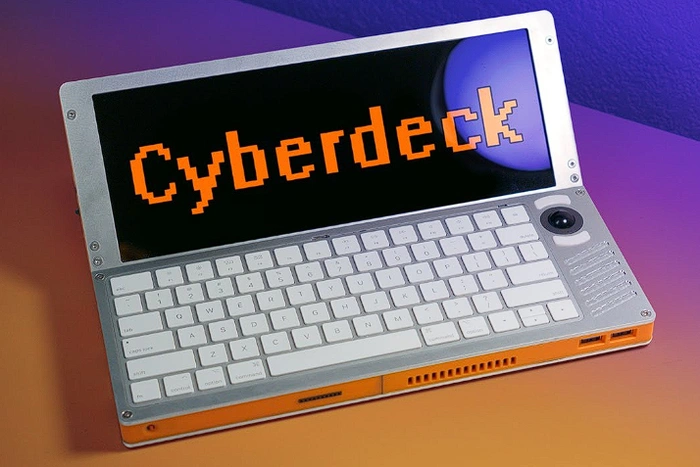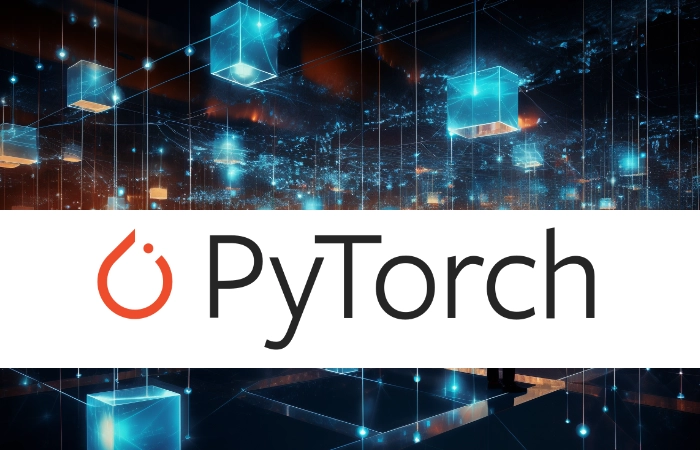
SolidGPT is an AI coding and collaboration framework designed to facilitate software development tasks, providing a platform for users to interact with their code repository, ask code-related questions, and discuss requirements. The framework is optimized for software development tools, making it a valuable tool for businesses and individuals alike.
SolidGPT is a smart GPT model that empowers AI to work with humans using already available tools to accomplish business goals as well as code-related tasks. It scans and learns from your code to provide coding advice, deploy code, and generate product requirement documents using the information in the repository. The framework can automate or semi-automate processes from the inception of an idea to the documentation of software development, task division, and task implementation.
How to use SolidGPT AI coding assistant
Other articles we have written that you may find of interest on the subject of coding and AI tools :
AI coding assistants can be beneficial for both novice and experienced coders for a variety of reasons:
For learners:
- Guided Learning: AI assistants can offer real-time suggestions and corrections, providing immediate feedback that is essential for the learning process.
- Code Examples: They can instantly generate code snippets, helping learners understand how to implement specific logic or functions.
- Syntax Help: Beginners often struggle with syntax errors; an AI assistant can automatically detect and suggest fixes for these, reducing frustration.
- Resource Pointer: They can refer learners to relevant documentation or tutorials, helping them deepen their understanding of the language or concept.
- Confidence Builder: For learners, getting the code to work is often a confidence booster, and AI coding assistants can facilitate this by helping to quickly resolve issues.
For experienced coders:
- Productivity: Automated suggestions can speed up the coding process by reducing the amount of manual typing and searching for syntax or library functions.
- Code Quality: Some advanced AI coding assistants can detect not just syntax errors but also inefficient code structures, suggesting more optimized alternatives.
- Collaboration: AI can help standardize coding styles and practices across a team, making collaborative projects easier to manage.
- Time-Saving: Experienced coders often have to work with multiple languages and frameworks; AI assistants can quickly offer context-specific suggestions, saving the developer the time needed to recall or look up specific commands.
- Automating Repetitive Tasks: Many experienced coders have routine coding tasks. An AI assistant can automate or expedite these, allowing the coder to focus on more complex problems.
AI coding framework
The framework is designed with three key agents: the PM Agent, PE Agent, and SDE Agent. The PM Agent refines ideas into structured PRD documents, the PE Agent creates high-level designs and organizes tasks, and the SDE Agent trains to harness the open-source project, Lowdefy. These agents work together to facilitate a smooth and efficient software development process.
One of the unique features of SolidGPT is its ability to connect private datasets to create a Question and answer chatbot or add LLM prompts for in-context learning. This allows users to add private data and create their own agent workgraph using embedding finetuning and in-context learning. SolidGPT provides a visualized Build Graph UI for easier and quicker graph building, making it user-friendly and accessible.
Furthermore, SolidGPT can automatically generate customized agent skills based on keywords to create a business agents team. Users can build an agents graph where each agent focuses on specific work and passes the work result to the user and other agents. This allows for a collaborative approach with AI, with agent-created content auto-syncing with Notion for user reviews during the LLM workflow.
Installation and setup process
Getting started and installing SolidGPT is a straightforward process requiring a few prerequisites, including having Git, Python, Visual Studio Code, and a functional API key linked to a billing account. Once installed, SolidGPT can be used to generate product requirement documents and get technical solutions for specific problems. Users can onboard their projects, input their requirements, and SolidGPT will generate the necessary code and provide a solution.
SolidGPT can be deployed locally to ensure data privacy and can be used to build commercially used systems, such as a terms of service system. The model allows users to upload their code repository and input their requirements, as well as their OpenAI API key. SolidGPT then formulates the code needed to fulfill these requirements and provides a private solution based on the user’s code repository.
SolidGPT is a human-AI collaboration framework that can be useful for a range of users. From boosting software products to facilitating deep customized agent skills, solid graph, and human-AI deep collaboration, SolidGPT offers an array of features and capabilities. Whether you’re looking to deploy different ranges of software to different products, save time on coding, or need technical solutions for specific problems, SolidGPT could be the tool you need.
Filed Under: Gadgets News
Latest timeswonderful Deals
Disclosure: Some of our articles include affiliate links. If you buy something through one of these links, timeswonderful may earn an affiliate commission. Learn about our Disclosure Policy.





